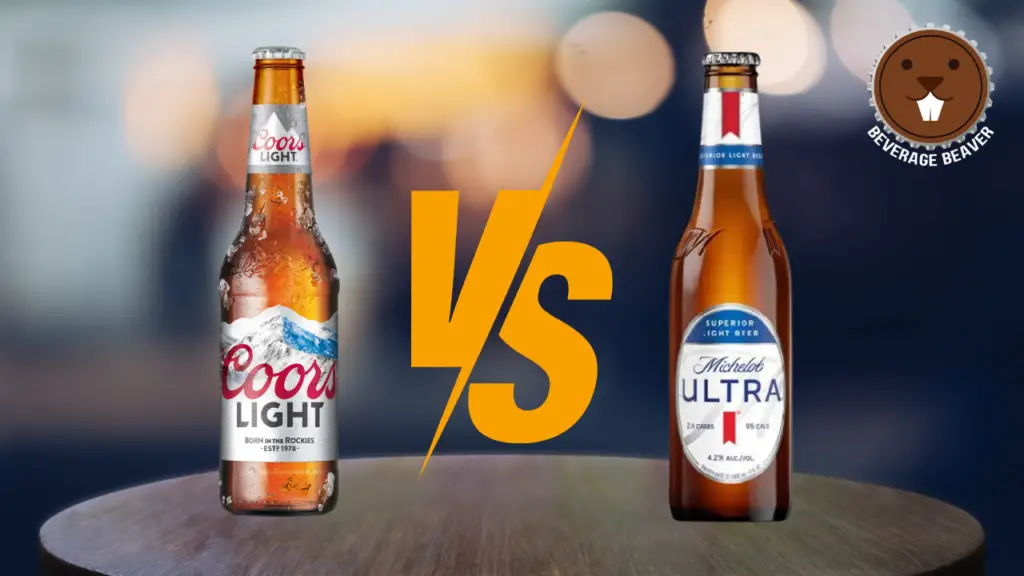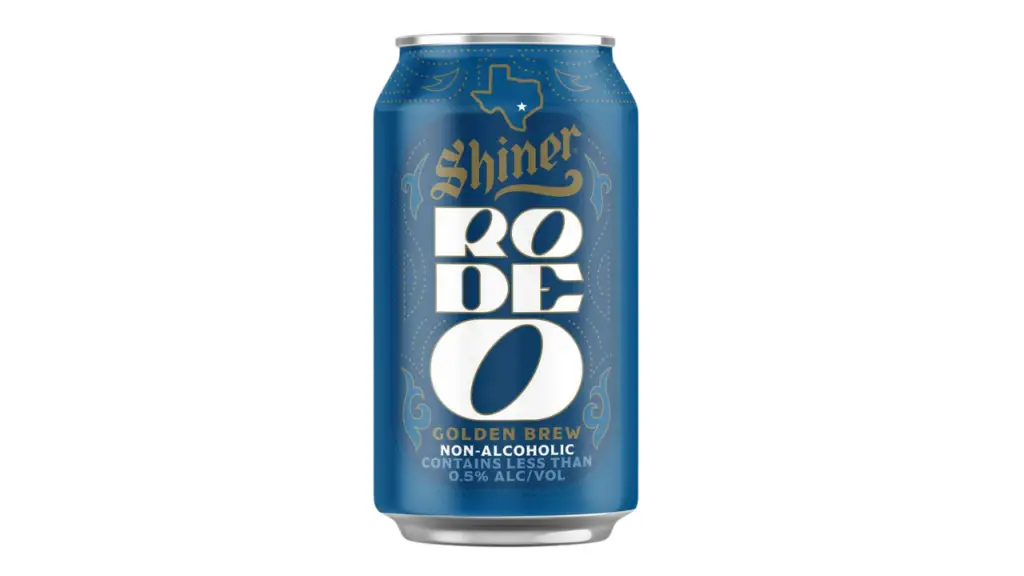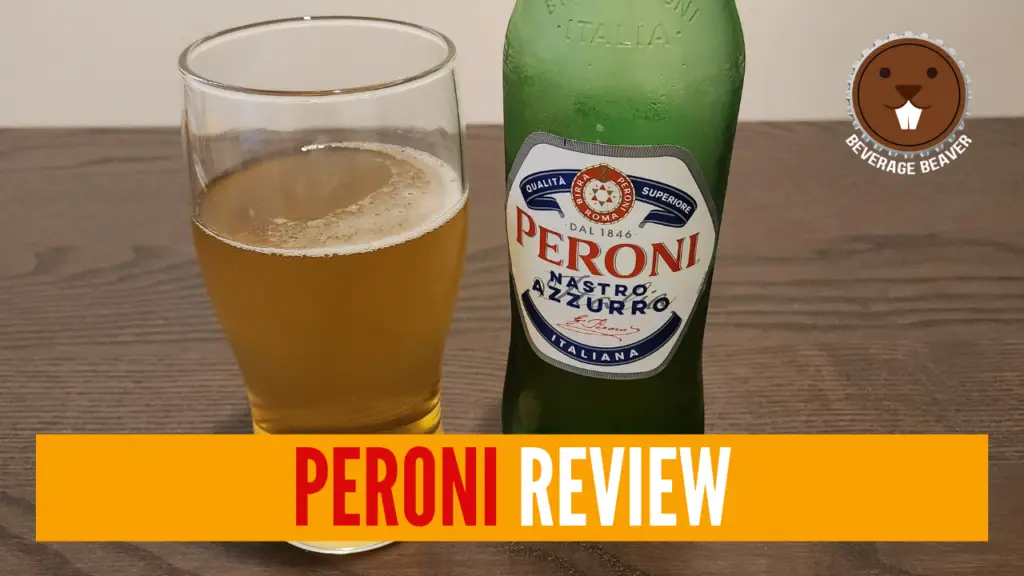Asahi Super Dry vs Kirin Ichiban: Which Is The Better Beer?
Asahi is Japan’s biggest beer brewer, with Kirin a close second. Kirin Ichiban is a 100% malt beer, a firm favorite in Japan, while Asahi’s Super Dry revolutionized the Japanese brewing industry in the late 1980s. If you’re wondering which beer is better, look no further than this guide to Kirin and Asahi. First, the quick answer.
Kirin Ichiban is firmly rooted in the German brewing tradition, made from 100% malt. Asahi’s flagship beer, Super Dry, is made with rice in the brewing process, and has a cleaner, crisper flavor profile than Ichiban. Both of these beers are best enjoyed with a Japanese meal.
In this article, we’re taking a close, in-depth look at Asahi’s best-selling beer, Super Dry, and Kirin’s premium offering, Ichiban. We’ll look at the beers’ contrasting flavors, smells, appearance, and the history of each beer company. We’ll further consider their brewing processes, calories, and alcohol content. By the time you’re finished with this article, you’ll be a master of these market-leading Japanese beers.
History
Asahi and Kirin both trace their origins to late 19th-century Japan. Beer was not widely popular in Japan until the signing of the Treaty of Kanagawa, which in 1854 opened Japan to foreign trade. Today, beer is the biggest-selling alcoholic drink in Japan, far outselling traditional Japanese alcohols such as sake.
The Japan Brewery Company, later rechristened Kirin, was founded in 1885. This was during the takeover of the Spring Valley Brewery, which was founded in 1869 by William Copeland, a Norwegian-American brewer.
Kirin beer first hit the market in 1888, and in 1907, the company established Kirin Brewing as a separate entity. Kirin appealed to the average Japanese drinker’s appetite for the prestige and expertise of European brewers by importing high-quality German ingredients and employing German brewers.
For almost a century, Kirin was the leader of the domestic Japanese beer market. In the late 1980s, however, informed by extensive market research, Asahi developed Super Dry, a beer tailor-made to the demands of the average Japanese drinker.
It was easier to drink, higher in alcohol, and barely lingered on the palate. Its crisp, dry taste mimicked those of classic German beers with a distinctively Japanese appeal. The meteoric success of Asahi Super Dry led Asahi to surpass Kirin in both sales and profitability and inspired the trend of dry Japanese lagers that continues to this day.
Flavor
Asahi Super Dry is, well, super dry. Its clean, crisp flavor has a little hint of bitterness, but this beer’s defining characteristic is its dryness. Super Dry lacks the maltiness and fruity sweetness of some old-school European-style beers and is certainly less robust than Kirin Ichiban. Super Dry has a much cleaner and crisper taste than Kirin Ichiban, and an infamously minimal aftertaste. Asahi Super Dry is a very drinkable, enjoyable beer, perfect for a warm summer’s day or a bowl of ramen.
Kirin Ichiban has a stronger, fuller palate reminiscent of bread and hops. There are buttery notes to the taste of this beer, and a fuller body with similarly low levels of bitterness. While Asahi Super Dry is brewed with rice as a key ingredient, the 100% malt brewing of this beer gives it more body and breadth by comparison. It has gently soothing malt notes, and a bolder, bigger flavor than Asahi Super Dry.
Mouthfeel
Asahi Super Dry has a thin, delicate mouthfeel with a pleasant amount of tingle and tickle on the tongue. It’s not quite as fizzy as Ichiban, but still a pleasant experience.
Kirin Ichiban’s mouthfeel is a little prickly. Although this beer doesn’t look that fizzy, it feels quite carbonated. This pleasant tongue-tingling nicely complements this beer’s light malty flavor.
Smell
Asahi Super Dry has a smell not unlike that of a freshly opened box of cereal! Faint grain notes and some malty sweetness give this a nicely subtle smell.
Kirin Ichiban’s aroma is more complex. Its smell might actually be more complex than its taste! Upon smelling this beer, you’ll notice distinct notes of hops, a faint whisper of sweet German banana, and just a touch of freshly cut grass in the background. Like Super Dry, this subtle aroma is a great introduction to such an easy-drinking beer.
Calories
Kirin Ichiban has 145 calories per 12oz serving. Asahi Super Dry has a few more calories, with 148 calories per 12oz serving. In terms of carbs, Kirin Ichiban has 12 grams of carbs, and Asahi Super Dry has 10.6g.
Alcohol Content
Asahi Super Dry and Kirin Ichiban have an identical ABV of 5%.
Appearance
Asahi Super Dry’s relatively high carbonation (for a Japanese beer) gives it quite a substantial head sitting atop a pale yellow beer. The head on Super Dry is nicely foamy, and will linger for a few moments as the beer settles into the glass.
Kirin Ichiban has a gorgeous light golden hue, which is clear enough to be nearly transparent. With a relatively impressive two-finger white head that sticks around longer than you’d expect for a beer of this style.
A bottle of Kirin Ichiban is unmistakable, particularly when set next to other Japanese beers. The can boasts the beer’s 100% hops brewing right next to a beautiful illustration of a Qilin, the mythical Japanese creature for which the company was named.
Brewing Process & Ingredients
Kirin’s German brewing heritage is a major source of pride for this Japanese brewer. Their website offers some impressive details of Kirin’s brewing process. Kirin uses 100% malt in the brewing of Ichiban, and only the first press of the wort to brew this beer.
In fact, this first press, which has a clearer flavor than the relatively bitter second press, is what gives Ichiban its name. “Ichiban” means “first” in Japanese, and this could also be a subtle hint that this beer should be the first one you reach for. Ichiban also features hops and water.
Asahi Super Dry, on the other hand, is brewed using additional grains, including rice and Asahi’s Special Yeast, Asahi #318. Just as Kirin prides itself on its German heritage, Asahi wants its drinkers to know that their habit of innovation didn’t end in the 1980s.
Asahi boasts several high-end brewing techniques, including special conveyor systems to gently handle the malt, milling machines to mash the grain to exact specifications, and their painstaking selection of malted barley. For malted barley to get into Super Dry, Asahi will check the grain species, its origins, and the methods of germination to ensure that every batch of Super Dry meets Asahi’s exacting specifications and standards.
Brand Image
Asahi is a company priding itself on innovation. They often emphasize their high-tech brewing processes and extensive market research in advertising material. The launch of Super Dry in the late 80s saw a major shift in the Japanese beer market, with other brewers attempting to mimic their success with similarly dry, high-alcohol beers.
Kirin heavily embraces its Japanese heritage and identity, often using Japanese art and traditional illustrations in its brand and marketing material. Kirin Ichiban, as the name implies, is seen as more of a premium beer than Asahi Super Dry, which is a classic middle-market lager. Ultimately, both of these beers have similar brand images and reputations on the international market, and most of the differences between the two are perceived by Japanese buyers.
Asahi vs Kirin: Which Is The Better Beer?
Asahi Super Dry is Japan’s most popular beer. It’s enjoyed the top spot in the Japanese beer market for thirty years and shows no signs of slowing down. If you’re looking for an authentic Japanese beer as enjoyed by the Japanese themselves, look no further than the nearest can of Asahi Super Dry.
Kirin Ichiban is a slightly more complex and robust beer, more reminiscent of German lagers than its Japanese cousins. Both Asahi and Kirin are well known outside Japan, although Asahi has a large market share and an accordingly large cultural footprint in Europe as well.
Overall, these beers fill slightly different needs. If you feel like something crisp, clear, and very easy to drink with minimal breadth and boldness, the Asahi Super Dry is a great option. On the other hand, if you want to wash down your sashimi with something that has more body and flavor, and you generally prefer German-style malty beers, you’ll love Kirin Ichiban.
Both of these beers go great with Japanese cuisine and seafood, so next time you’re eating at a Japanese restaurant – or you’re treating yourself to some tuna steaks – give them a try.





















